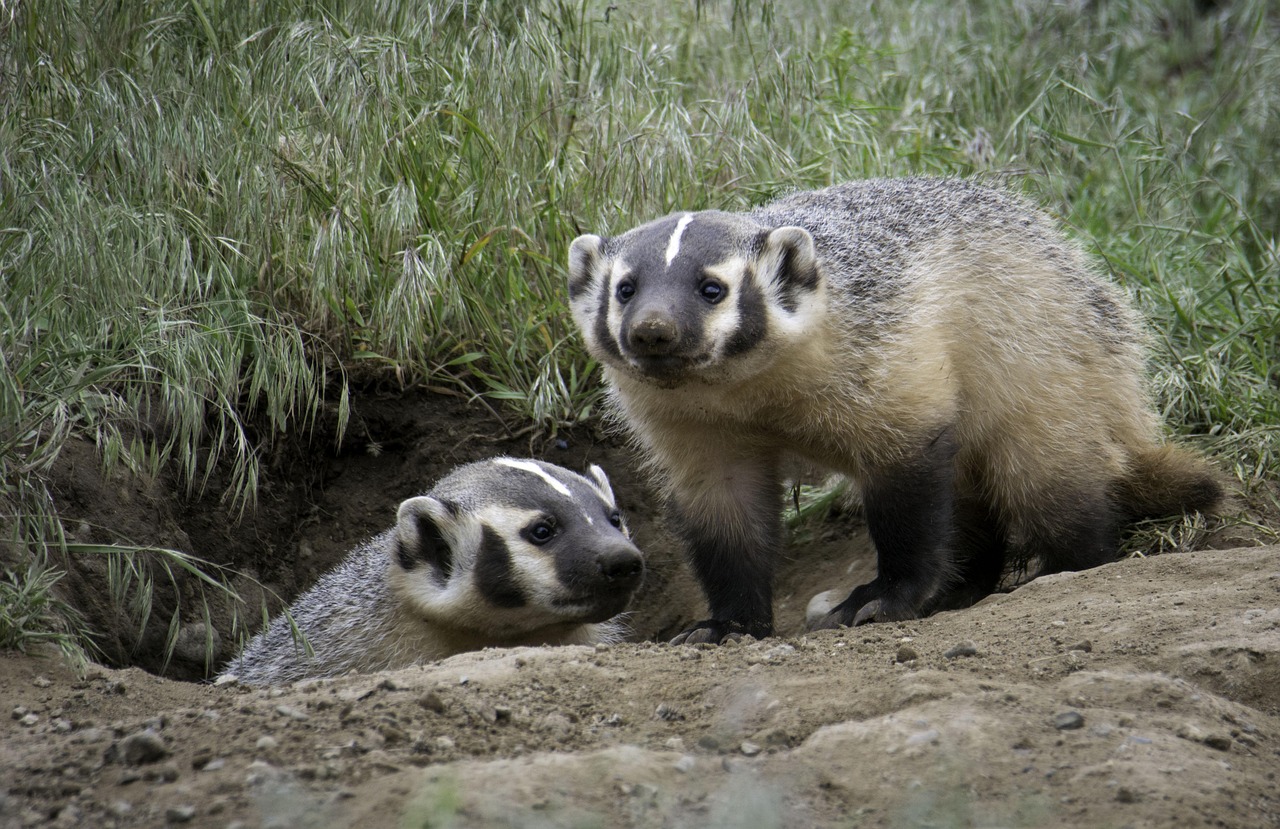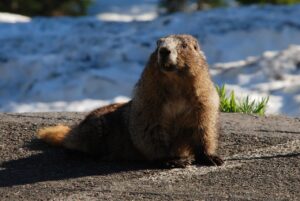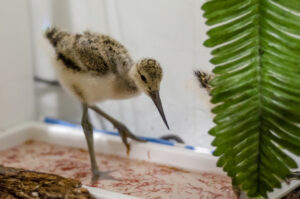By Natalia Galan
Beneath the seemingly placid Alberta prairies, a tenacious predator and master of excavation quietly plies their trade. The American badger (Taxidea taxus) is a fascinating creature, perfectly adapted for a life spent largely underground, relentlessly pursuing their burrowing prey. From their impressive digging claws to their unique bone structure and specialized sensory organs, every aspect of a badger’s anatomy speaks to their extraordinary abilities as a subterranean hunter.
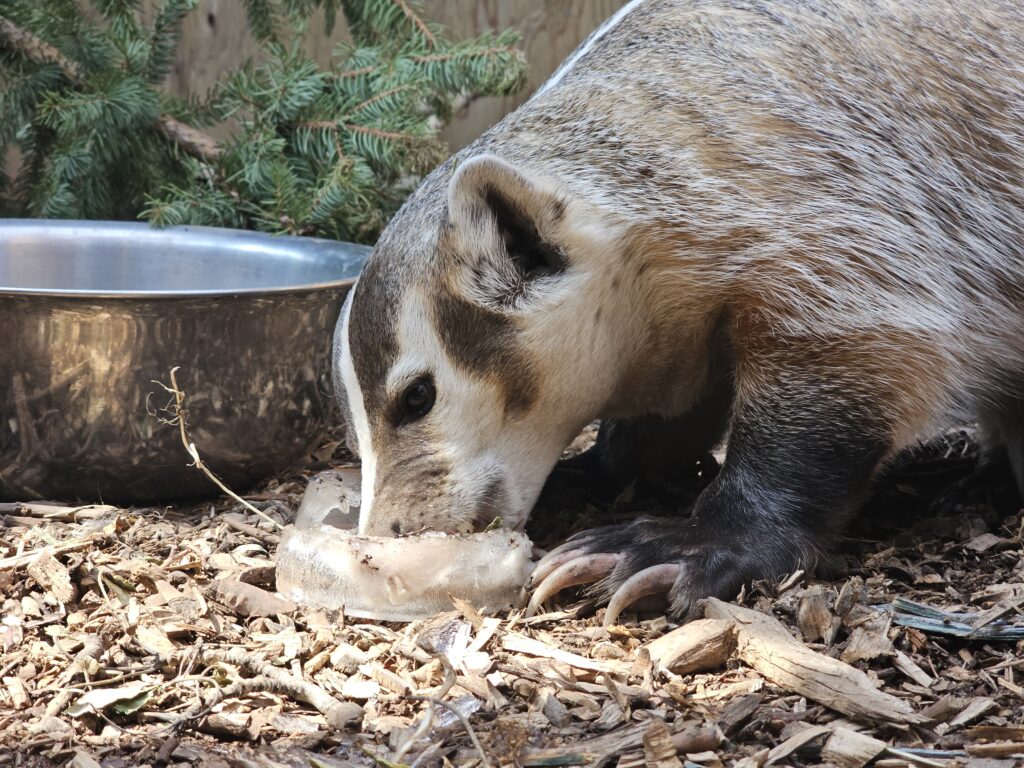
A Badger's Toolkit: Claws of Steel
Among the most striking features of an American badger – and what are perhaps their most crucial adaptation – are their formidable claws. Unlike many other carnivores, badgers possess exceptionally long, robust, and non-retractable claws on their forelimbs. These aren’t dainty digging tools; they are powerful instruments, flattened and spade-like, designed to efficiently scrape and move large quantities of soil. A badger can literally disappear into the earth in a matter of minutes in a display of raw power behind these digging tools. The impressive length of these claws, often exceeding an inch and a half, allows for maximum leverage and displacement of earth, making quick work of compact soil. These claws never stop growing, but – in a testament to “form meets function” – are worn down by constant digging that prevents their overgrowth.1
Loose Skin: A Built-In Defense and Mobility Aid
While not immediately obvious, an American badger’s remarkably loose skin plays a pivotal role in their survival – both as a digging machine and as a challenging adversary. This baggy hide allows the badger to twist and turn within tight burrows, providing essential maneuverability when navigating complex underground tunnels. More importantly, it offers a significant defensive advantage. When confronted by a predator, such as a coyote, the badger can contort its body within its loose skin, making it incredibly difficult for an attacker to get a firm grip. This allows the badger to twist around and retaliate with its sharp teeth and claws, often deterring larger opponents. Along with defensive vocalizations and musky scents, this seemingly simple adaptation provides both flexibility for underground movement and crucial protection in a pinch.
Limb Structure: Power in the Forefront
The skeletal structure of the American badger is a marvel of evolutionary engineering specifically tailored for a digging lifestyle. A badger’s forelimbs are disproportionately muscular and robust compared to their hindlimbs. The humerus (upper arm bone) is short and stout, providing a strong anchor for powerful digging muscles. The ulna and radius (forearm bones) are also thick and heavily built, designed to withstand the immense forces generated during excavation. This powerful front end, combined with well-developed pectoral (chest) muscles, allow badgers to generate incredible force for moving earth. In contrast, their hind limbs are shorter and less powerfully built, primarily serving to anchor the badger’s body as they push earth backward with their forelimbs, and for propulsion when moving on the surface.2
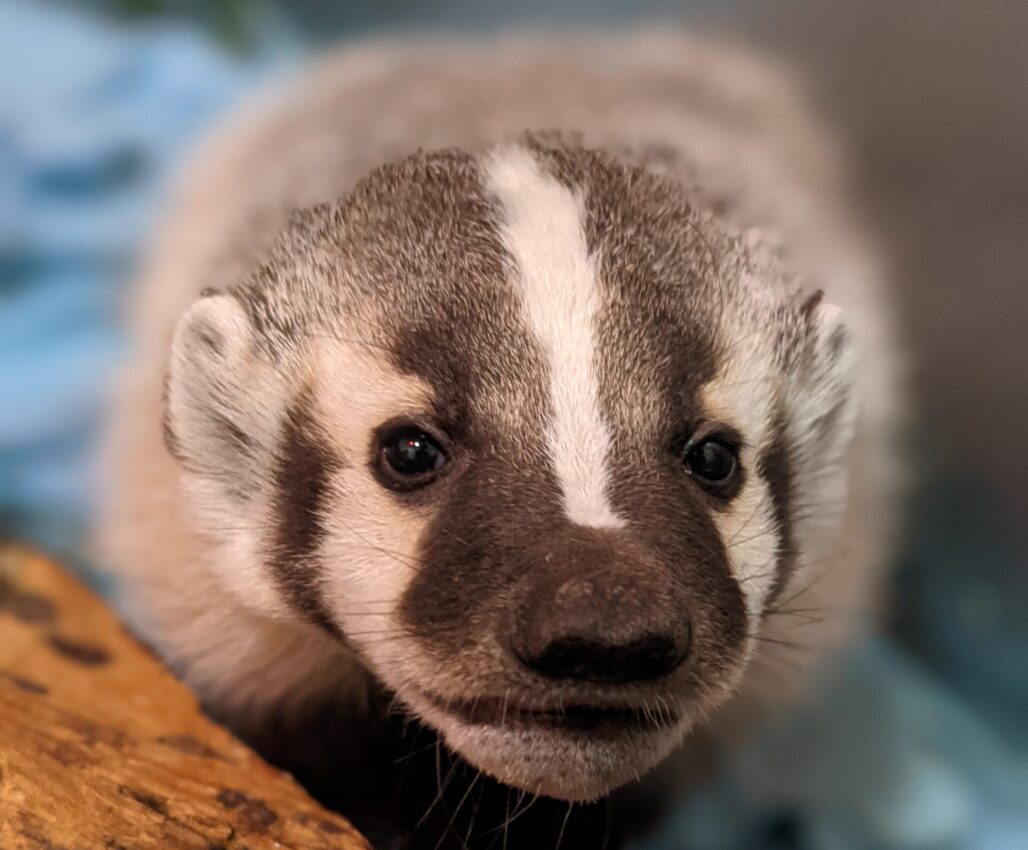
Facial Features: Sensory Specialists for a Dark World
Life underground presents unique sensory challenges, and the American badger’s facial features are finely tuned to overcome them. While badgers are not as reliant on sight as other animals that are more active in the daylight, they do possess small eyes that are adapted for low-light conditions. A badger’s vision is adapted for navigating their underground world and detecting movement in dimly lit burrows, but it’s not their primary sensory input for hunting.
Instead, their keen sense of smell is paramount. Badgers possess a highly developed olfactory system, allowing them to detect the presence of prey like ground squirrels, prairie dogs, and voles, even when they are several feet underground. They use their elongated snouts and sensitive noses to sift through soil particles to pinpoint the exact location of a hidden meal.3
Beyond smell, the badger’s tactile senses are also incredibly important. Their vibrissae, or whiskers, are long and sensitive, providing crucial information about their immediate surroundings in the confined spaces of their burrows. These whiskers act like antennae, helping badgers navigate tight tunnels, detect changes in air currents, and even locate prey through subtle vibrations in the soil. Their powerful jaws and strong teeth, while not a “facial feature” in the traditional sense, are also essential for dispatching their prey once unearthed, completing the package of adaptations for their predatory lifestyle.
A Subterranean Superstar
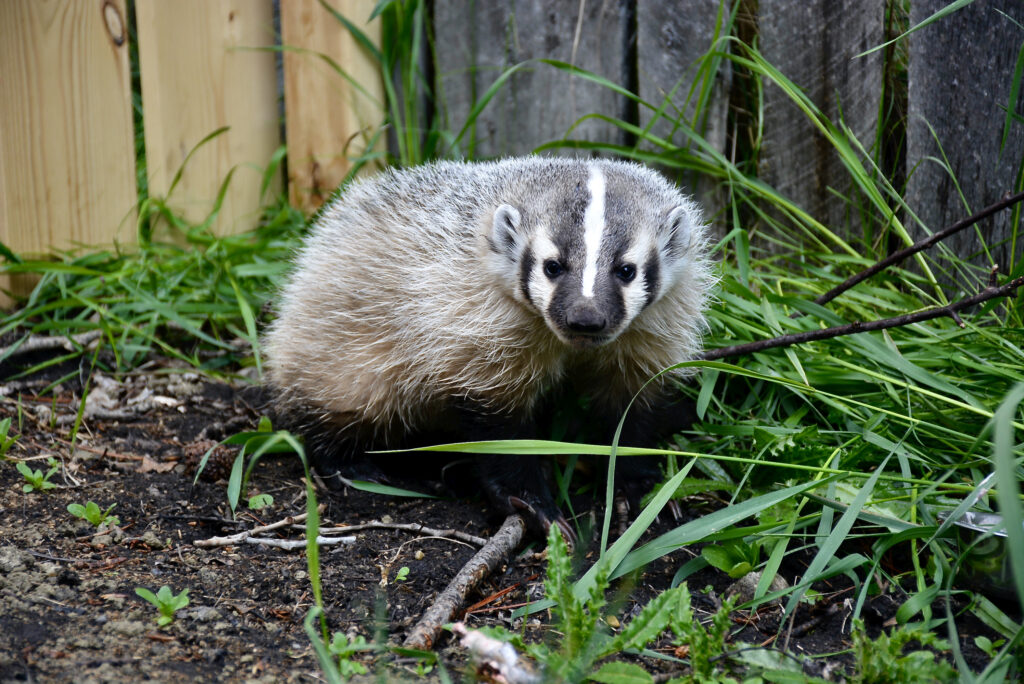
American badgers are exquisitely designed for their niches. Their specialized claws, loose skin, powerful limb structure, and finely tuned sensory organs all work in concert to make them unparalleled diggers and efficient hunters of subterranean prey. Observing a badger at work, as they seemingly vanish into the earth with astounding speed, is to witness a master craftsman in its element, a true architect of the underground world. The badger’s story is a compelling reminder of the diverse and often hidden wonders that thrive just beneath our feet.
Here in Alberta, our treeless areas, grasslands and prairies provide badgers with optimal soil for burrowing and access to prey beneath the surface. It is crucial to consider habitat loss and the impact of human infrastructure and agricultural practices to support the American badger population. Rodenticide use in agriculture and the expanding infrastructure of roads and highways pose a significant risk to the survival of badgers. While these tough animals can defend themselves against some of the most aggressive predators and harsh environments, it is essential to consider the impact of human activity and the risks we pose to American badger habitats. While they are extremely adaptable, the American badger has faced significant challenges in adapting to human activity in their environments.4
Be sure to educate your friends and family around you on how incredible our native badgers are, and how they’ve evolved to take on the dynamic environments around them!
References
- Glorianna Proulx and Benjamin Proulx, Badgers of the World (Boca Raton, FL: CRC Press, 2018), 34.
- Charles A. Long, “Taxidea taxus,” Mammalian Species, no. 26 (1973): 2.
- University of Michigan Museum of Zoology, Animal Diversity Web, “Taxidea taxus (American badger),” https://animaldiversity.org/accounts/Taxidea_taxus/.
- Government of Canada, Species At Risk Public Registry, “American Badger taxus subspecies (Taxidea taxus taxus),” https://species-registry.canada.ca/index-en.html#/species/623-880#cosewic_assessment

